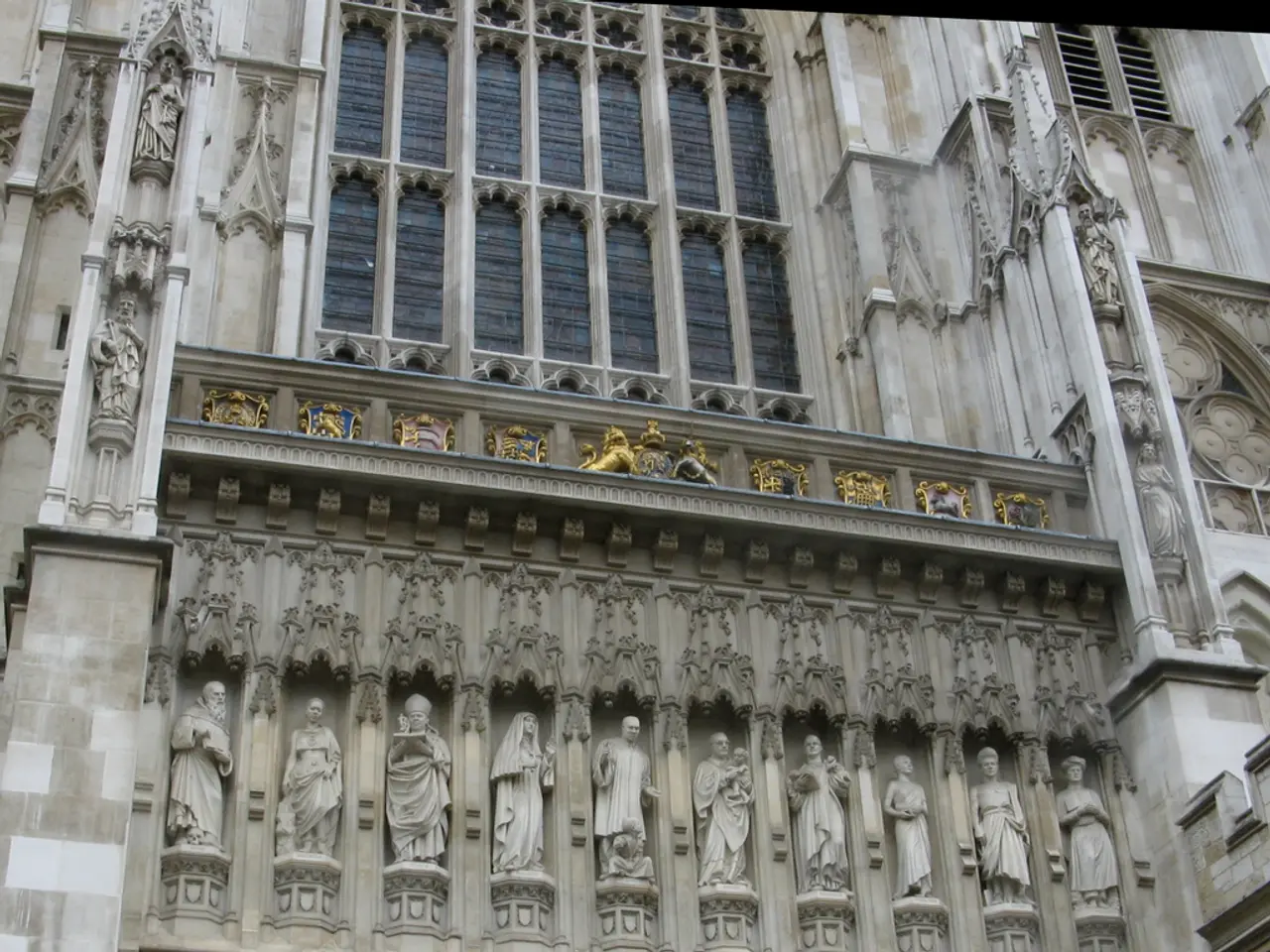Specialists Successfully Fabricate Robust Glass Blocks for Architectural Construction
In a groundbreaking innovation, MIT engineers have developed a novel 3D printing technique for recycled glass masonry that is reconfigurable and designed for circular construction. This development promises significant advances in sustainable building practices.
The new masonry, made from recycled glass, is intended to be a part of the circular construction approach, promoting sustainability and reducing environmental impact. The glass bricks are in the shape of a figure eight and are designed to interlock, similar to Lego bricks, making them adaptable and customizable.
Circular construction is a method aimed at promoting sustainability and reducing the environmental impact of the construction industry. The focus is on reusing and repurposing materials rather than manufacturing new ones. This approach seeks to reduce the construction industry’s “embodied carbon,” which refers to greenhouse gas emissions associated with a building’s construction, from manufacturing to demolition.
The goal of circular construction is to create a sustainable cycle of building and rebuilding using the same physical building blocks. The concept of circular construction involves reconfigurable masonry that can be disassembled and reassembled, allowing for materials to be reused and repurposed whenever possible.
The potential impact is substantial. Such technology could reduce the construction sector’s environmental footprint by minimizing raw material extraction and waste. Reconfigurable masonry made from recycled glass promotes circular economy principles and offers architects and builders flexibility for future building modifications or expansions without demolition waste.
The use of this new masonry could potentially replace more carbon-intensive materials like cement or traditional bricks, further reducing the industry’s carbon footprint. The development of the new 3D-printable glass masonry could potentially reduce the construction industry's embodied carbon, contributing to a more sustainable future for the construction industry.
While the technical metrics and deployment timelines for MIT’s recycled glass masonry are yet to be detailed, the described innovation fits within ongoing industry shifts toward eco-friendly 3D printing methods and circular construction practices seen globally. This approach could complement other sustainable 3D building technologies, such as soil-based structures or living seawalls, further advancing green construction solutions.
In conclusion, the development of 3D-printable recycled glass masonry by MIT engineers is a significant step towards promoting a cycle of disassembling and reassembling buildings in circular construction. This innovation could potentially reduce the construction industry's embodied carbon, aligning with broader trends in sustainable architecture focused on recyclability and minimizing embodied carbon.
- MIT's novel 3D printing technique for recycled glass masonry, designed for circular construction, targets sustainability by promoting a cycle of building and rebuilding.
- The interlocking glass bricks, shaped like a figure eight, can be easily reconfigured and repurposed, aligning with the principles of circular economy.
- By using reconfigurable masonry made from recycled glass instead of carbon-intensive materials like cement or traditional bricks, the construction industry could significantly reduce its carbon footprint.
- The advancements in sustainable 3D printing methods, such as the 3D-printable recycled glass masonry, could complement other green construction technologies, furthering the goal of creating a more sustainable future for the construction industry.




